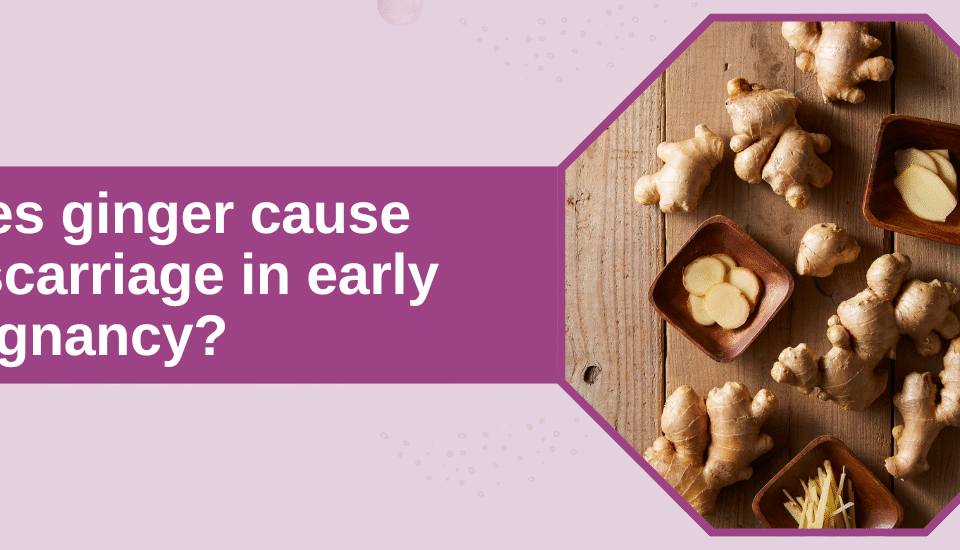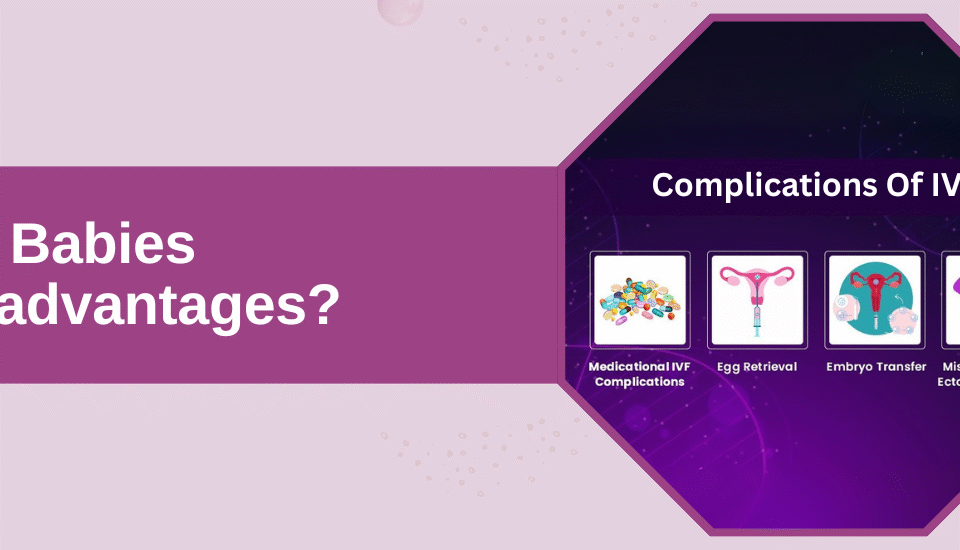- Have any questions?
- +91-98717 17305
- babiesandus12@gmail.com
How to prevent fibroid growth

Does Ginger Cause Miscarriage in Early Pregnancy?
September 22, 2025
Certain health conditions can silently affect women during their reproductive years, and uterine fibroids are one such concern. These non-cancerous growths, also known as leiomyomas, often remain unnoticed until they begin causing symptoms.
This becomes concerning when we see the numbers…
Fibroids affect an estimated 70–80% of all women by age 50, according to the National Institutes of Health (NIH). In India, studies have shown that approximately 25–30% of women in their reproductive age group suffer from fibroids, but they remain undiagnosed due to lack of knowledge.
Dr. Hrishikesh Pai, an accomplished IVF doctor in Mumbai, says: “Fibroids are common, but the way they impact women varies widely. Early awareness and a proactive lifestyle can help in reducing risks and preventing complications. Women must understand that fibroids are not always harmful but monitoring them is essential to long-term reproductive health.”

Let’s first look at the warning signs that women should never ignore.
What Are The Early Symptoms of Fibroids?

Identifying the early symptoms of fibroids can be challenging, as many women may not notice them initially:
Heavy or prolonged periods: Some women may experience excessive bleeding during menstruation, sometimes with clotting.
Pelvic discomfort: A feeling of heaviness or fullness in the lower abdomen may occur.
Frequent urination: Large fibroids may press on the bladder, leading to increased frequency of urination.
Pain during intercourse: This symptom may signal fibroid growth affecting the uterine lining.
Lower back pain: Pressure from fibroids can sometimes radiate to the back.
Dr. Nandita Palshetkar, a distinguished obstetrician-gynecologist in Mumbai with over 30 years of expertise, shares: “Symptoms can be subtle in the beginning, and that’s the reason why many women delay seeking help. But you must not ignore even mild signs like irregular bleeding or pelvic pressure, as they may be early indicators of fibroid development.”
Spotting symptoms is only one part of the story…let’s dive deeper into the underlying factors that increase a woman’s risk.
Fibroid Risk Factors: What we know about it?
Research suggests that fibroids develop due to a combination of hormonal, genetic, and lifestyle influences. Some known risk factors include:
Age: Women in their 30s and 40s are more prone to fibroids.
Family history: If a mother or sister has fibroids, the risk increases.
Hormonal imbalance: Estrogen and progesterone stimulate fibroid growth.
Obesity: Excess body fat raises estrogen levels, contributing to fibroid formation.
Dietary habits: High consumption of red meat and processed foods may increase risks.
Dr. Hrishikesh Pai, a respected reproductive medicine expert in Mumbai, explains: “Risk factors don’t guarantee fibroid growth, but they provide clues about who may be more vulnerable. Women with a family history or lifestyle-related risks should be more vigilant about prevention.”
Concerned about your risks? Speak with a fertility specialist to understand your personal risk factors and get guidance tailored to your health.
Knowing the risks is empowering—but how can women actively lower their chances of fibroid growth? Let’s uncover practical prevention strategies.
Preventing Fibroid Growth

The question many women ask is: How to prevent fibroid growth? While fibroids are not completely preventable, research shows that certain lifestyle adjustments may slow or reduce their development. Here are some helpful approaches:
Follow a balanced fibroid diet plan: Incorporating fiber-rich foods, leafy greens, fruits, and whole grains helps regulate hormones and manage weight. Reducing intake of processed food and red meat may also lower risks.
Maintain a healthy weight: Obesity is linked to increased estrogen, which fuels fibroid growth. A healthy BMI supports hormonal balance.
Exercise for fibroid prevention: Regular physical activity, such as brisk walking, yoga, or aerobic exercise, helps manage weight, reduce inflammation, and improve overall health.
Monitor vitamin D levels: Studies show a connection between vitamin D and fibroids, with deficiency possibly linked to higher risk. Ensuring adequate sunlight exposure and dietary intake may help.
Limit alcohol and caffeine: Excessive intake may contribute to hormonal imbalances that encourage fibroid growth.
Prevention strategies are powerful, but many women also carry concerns that go beyond physical symptoms. Let’s explore those worries.
Possible Concerns Women Have About Fibroids
Women often express both physical and emotional concerns when dealing with fibroids. Some common worries include:
Impact on fertility: Fibroids may sometimes interfere with conception or pregnancy.
Fear of surgery: Many women fear they might eventually need invasive procedures.
Recurring fibroids: Even after treatment, fibroids may return.
Emotional stress: Chronic pain, heavy bleeding, or uncertainty about health can impact mental well-being.
Dr. Rohan Palshetkar, an esteemed gynecological expert in Mumbai, notes: “Beyond physical health, fibroids can affect a woman’s mental outlook. Addressing emotional concerns is just as important as treating the physical condition. Reassurance and timely medical care make a significant difference.”
Concerns differ, and so does the way fibroids grow. But do all women experience fibroids the same way?
Do Fibroids Grow Differently in Every Woman?
Yes, fibroids grow at different rates in different women. While some fibroids remain small and harmless for years, others may enlarge quickly. Key factors include:
Hormonal fluctuations during reproductive years.
Pregnancy-related changes that may influence fibroid growth.
Individual genetic makeup that determines growth behavior.
Noticing unusual changes in your cycle or pelvic health? Seek expert advice early to understand whether fibroids may be the cause.
Despite these challenges, it’s important to remember that not everything about fibroids is negative. Let’s see the brighter side.
What are the Positive Aspects Despite These Concerns?
While fibroids may seem daunting, there are positive aspects:
Benign nature: The majority of fibroids are non-cancerous.
Treatment options: Advances in medical care provide multiple non-surgical solutions.
Silent cases: Many women with fibroids never experience symptoms.
Successful pregnancies: With medical guidance, many women with fibroids conceive and deliver healthy babies.
Knowing the positives can reduce anxiety, but when should women reach out to their doctors?
When Should Women Consult Their Doctor About Fibroid Health?
Women should seek medical advice if they experience:
· Heavy or prolonged bleeding.
· Pelvic pain or pressure.
· Fertility challenges.
· Rapidly enlarging abdomen.
Early consultation ensures appropriate monitoring and treatment before complications arise.
As we come to the end, let’s tie together the key insights and take away a reassuring message.
Conclusion
Fibroids are common but manageable with awareness, lifestyle care, and timely medical attention. While not all cases can be prevented, women can take significant steps to minimize risks and maintain reproductive health.
Dr. Hrishikesh Pai, a leading fertility expert in Mumbai, concludes: “Fibroids need not be a source of fear. With knowledge, preventive strategies, and medical support, women can lead healthy lives without letting fibroids control their future. What matters most is timely awareness and proactive action.”
Experiencing symptoms or unsure about your fibroid health? Consult a fertility specialist to receive professional guidance and peace of mind.
Still have questions? Let’s clear up some common doubts.
FAQs
1 Are fibroids completely preventable?
No, fibroids are not completely preventable since genetics and hormones play a major role. However, lifestyle changes can help reduce risks and manage growth.
2 What foods help prevent fibroids?
A fibroid diet plan should include green vegetables, fruits, legumes, and whole grains while limiting red meat and processed foods.
3 Can stress make fibroids worse?
Yes, chronic stress may affect hormone balance, indirectly influencing fibroid growth. Stress management techniques can support overall health.
4 Do all fibroids need treatment?
No, not all fibroids require treatment. Many remain small and symptom-free, requiring only monitoring.
5 Is surgery the only option for fibroids?
Not always. Medication, lifestyle changes, and minimally invasive procedures are available depending on severity.
References:
https://my.clevelandclinic.org/health/diseases/9130-uterine-fibroids
https://womenshealth.gov/a-z-topics/uterine-fibroids
Disclaimer: The information shared in this content is for educational purposes only and not for promotional use.




